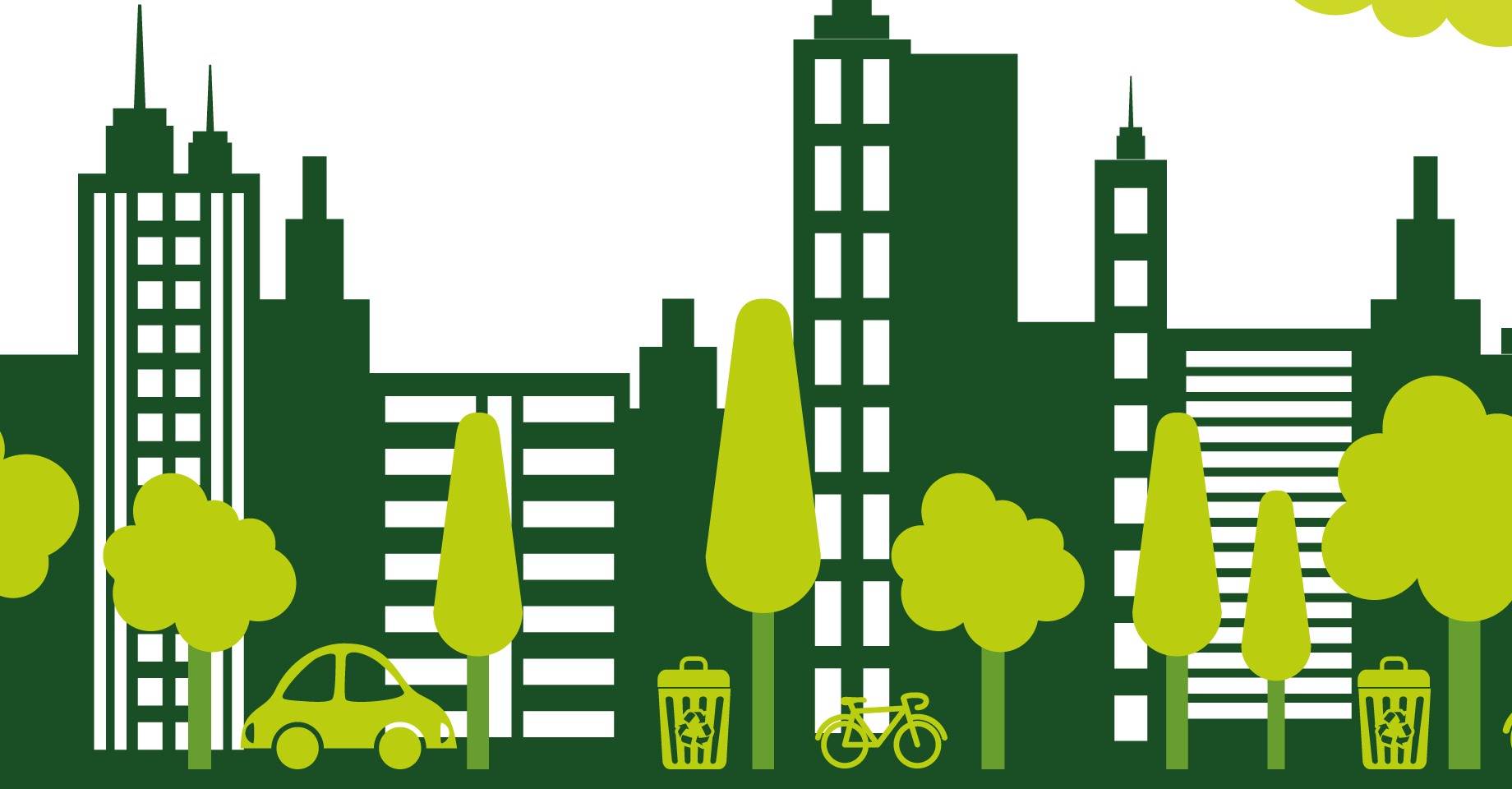In the last few years, the commercial real estate industry has made an ardent effort to confront climate change. Commercial buildings are responsible for 39% of global energy-related carbon emissions, according to the World Green Building Council. Building operations, like heating, cooling and power, are responsible for the majority—about 75%—of a building’s carbon footprint; so, it’s no surprise that decarbonization strategies focus on reducing energy consumption through upgrades to building systems. These systems are easier to manage and well within an operator’s control; however, many building owners have neglected the impact of embodied carbon.
Embodied carbon is the emissions related to building construction and materials, including manufacturing and transport. It accounts for the remaining 25% of a building’s carbon footprint. Sustainable building materials and practices are an important part of a well-rounded sustainability plan—and it’s a place where developers can make a significant impact in the industry-wide effort to move the needle on greenhouse gas emissions. When it comes to sustainable building materials, there are new options emerging every day, but a few standouts are among the most tried and tested.
Here are five opportunities for developers to swap traditional building materials with sustainable products.
Instead of Concrete, Use Ferrock
Look around any urban landscape, and you’ll find lots and lots of concrete. It’s everywhere—and that is a shame because it is one of the most energy intense building materials. Every metric ton of concrete manufactured releases 1,370 pounds of carbon dioxide. Inside Climate News has said that the environmental impact of concrete production makes it worse than flying.
Luckily, there is a sustainable alternative. Ferrock is a concrete substitute made by combining steel dust and silica. The material reacts with carbon dioxide and forms an iron carbonate that is five-times stronger and more flexible than standard Portland cement. Ferrock is made from 95% recycled materials, and it is carbon negative with no harmful impact on the environment, making it a great sustainable replacement to cement. In addition, because it is made from steel waste, it is more cost effective than cement, too.
Instead of Lumber, Use Bamboo
Lumber is the backbone of construction. It is the most widely used building material on single-family residential homes and commercial buildings up to 85 feet in height, as allowed by the US Building Code. Moreover, wood is a more sustainable material than other non-natural products, like steel and concrete, and it is in ample supply. The US is home to 5% of the world’s forest cover.
Timber is one of the oldest and trusted building materials, but there are more sustainable options today. Bamboo is the best alternative to lumber. Although lumber is a renewable source of energy, bamboo is highly renewable. It takes only three to five years before harvest, while traditional lumber takes 20 to 35 years. Bamboo is also two to three times stronger than traditional lumber, making it a great use in construction. In other ways, bamboo is similar to traditional lumber. It has a lifespan up to 50 years, and it is lightweight, easy to clean and water resistant.
Instead of Steel, Use Mass Timber
For large-scale projects and building heights exceeding 85 feet, steel is essential—and that is unfortunate, because, from an environmental perspective, steel is among the worst pollutants. It is the most energy-consuming material to manufacture in the world, producing 20 gigajoules of energy per ton during manufacturing due to the use of coke or coal ovens. These ovens are highly toxic, creating a cancer-causing naphthalene as well as a number of carcinogens, cyanide and sulfides.
A new organic material is emerging to replace steel in the building process. Mass timber is a wood compound created by combining softwoods like pine, spruce, or fir together to create a larger piece of wood. These woods are not typically used as structural elements in new construction, but when combined together, they exceed the strength of steel and concrete. As a result, mass timber can be used in tall buildings. The material has been used to build up to heights of 18 stories or 280 feet.
Instead of Siding, Use Cork
The popularity of cork has grown tremendously over the last five years. The material has been touted by architects and designers as a unique and attractive sustainable building material, and many have created passion projects to illustrate the uses of cork—which are ample. In 2019, the New York Times featured a series of residential properties in Europe using cork as interior wall coverings and exterior siding, and there was overwhelming support for the widespread application of cork in more projects. Architect Tom Surman, a principal and co-founder of the London-based firm Surman Weston, said, “[Cork] is a sort of a wonder product in terms of sustainability. Before we researched it, we didn’t realize how sustainable it was. I remember when we were unpacking it. It was uniform, well made, and the colors were really nice. It looked exactly how we all hoped it would, which was a bit of relief.”
Cork comes from a cork oak tree, and it can be harvested without cutting the tree down, making it a wonderfully sustainable resource. The material is harvested once the tree reaches 25 years, and it can be harvested again every 9 years. As a result, it has a nearly carbon-zero footprint. The material provides thermal and acoustic insulation; it’s weatherproof; mold resistant and fire retardant.
Instead of MDF, Use Mycelium
One of the newest advancements in sustainable building materials is mycelium. The material is made by drying fungal root fibers that grow underground. Once dried, these fibers strengthen and can be used in non-load bearing structures. The material is completely organic, and it is water, mold and fire resistant. There are numerous applications emerging. Currently, mycelium is most popular as a replacement for MDF, eliminating harmful chemicals like formaldehyde. More recently, it has been shaped into bricks, as well, expanding the opportunity for future uses. While this is still a developing material that is being tested, it is one to watch as there is tremendous potential for its applications.
Real estate development practices are advancing across the board. Adopting sustainable building materials is an important facet of progression—as the world changes, so too should the way that we construct the spaces where we live, work, play and gather. Technology is another example of how developers are advancing building processes. By investing in a software like Northspyre, developers are able to create a command center for their project, gaining easy access to manage everything from budgets and finances to contracts and invoices to automating tasks. The efficiency gained through new technology is trimming budgets and helping to push projects across the finish line. Like sustainable building materials, this technology is another example of the transformation happening in the development space.
Want to learn more about how you can choose the best technology to support your firm’s long-term goals and strategy? Download our guide Software Misalignment in Real Estate Development: Right Tech For The Job to find the solution that fits your specific needs.



